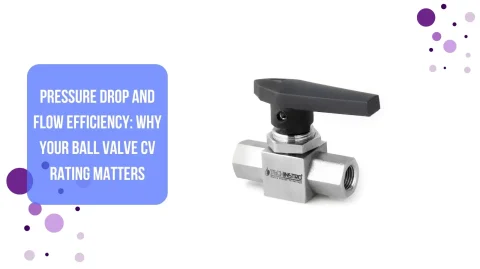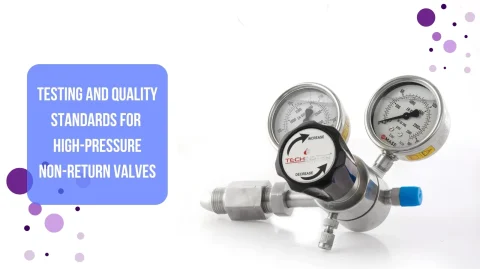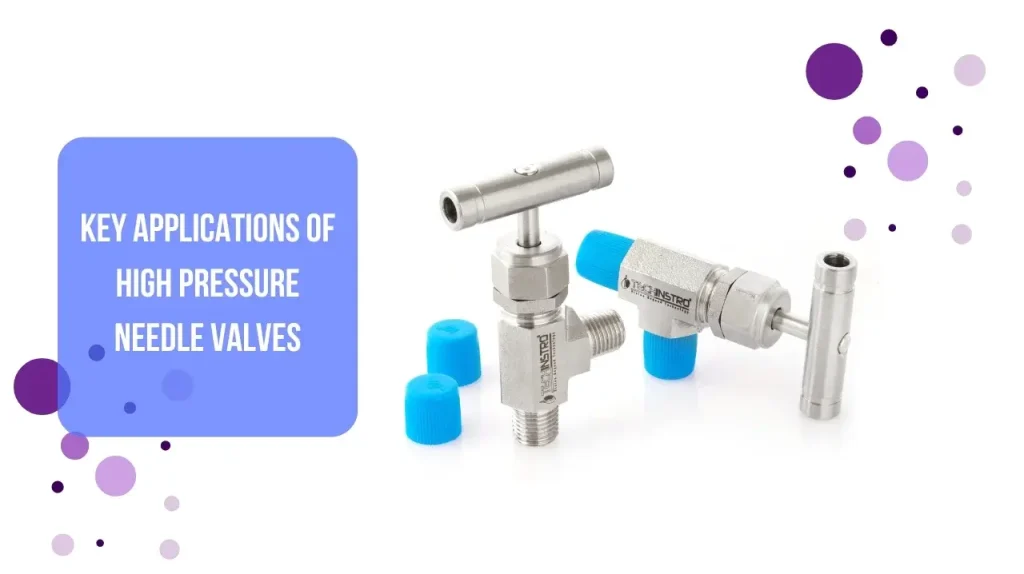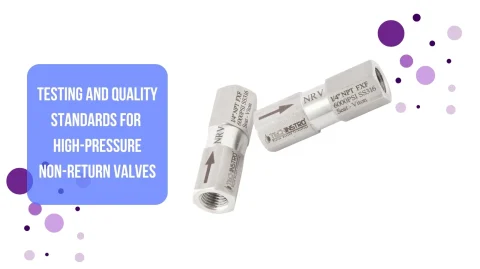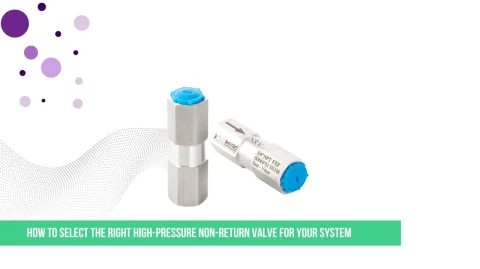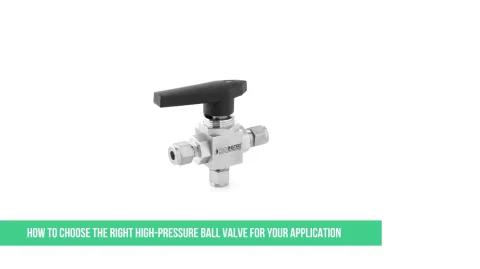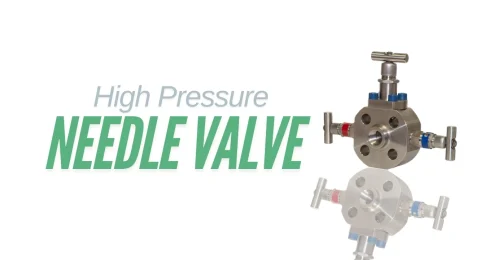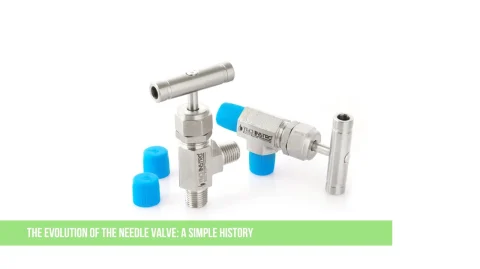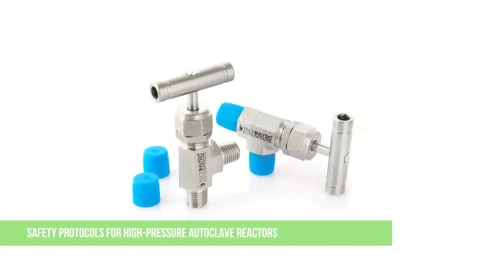Imagine you need to control a fire hose with the precision of an eye dropper. You can’t just turn it on full blast or shut it off completely; you need to adjust the flow to a perfect, tiny stream carefully. This is precisely the Job of a high-pressure needle valve.
In the world of engineering and fluid control, these valves are the unsung heroes, working behind the scenes in some of the most demanding environments imaginable. Let’s break down what they are, where they’re used, and why they’re so indispensable.
What is a High-Pressure Needle Valve?
At its heart, a needle valve is designed for precise flow control. Its name comes from its key component: a long, tapered, needle-like plunger that moves up and down against a seat.
How it works: When you turn the handle, the needle slowly screws into or out of the seat. This creates a tiny, gradually changing orifice (hole). Because the adjustment is so fine and the seal is so tight, you can control the flow rates of fluids or gases, even under extremely high pressure.
The “High-Pressure” Part: These are built like tanks. They are constructed from robust materials, such as stainless steel, brass, or Hastelloy, and are designed to withstand immense internal forces without leaking or bursting.
Key Applications of High Pressure Needle Valve: Where and Why, They Shine
High-pressure needle valves are critical in any application that requires precise control of hazardous, expensive, or critical media under high pressure.
Oil and Gas Industry
Where: On drilling rigs, in refineries, and within pipeline systems.
Why: This industry deals with explosive gases, corrosive chemicals, and crude oil at staggering pressures. Needle valves are used in pressure gauges, sampling systems, and instrumentation lines.
The Critical Role: They allow technicians to isolate and calibrate sensitive pressure sensors safely. A leak here could be catastrophic, leading to fires, explosions, or inaccurate readings that result in multi-million-dollar process errors. The valve’s precise control allows for safe sampling of high-pressure fluids for analysis.
Power Generation (Especially Thermal and Nuclear)
Where: In boilers, steam lines, and turbine systems.
Why: Power plants rely on superheated steam at extremely high pressures and temperatures to spin turbines and generate electricity.
The Critical Role: Needle valves are used to vent pressure, drain systems, and control the flow to instruments that monitor the boiler’s health. Their ability to precisely control and isolate sections of this high-energy steam is vital for safety and efficiency. A failure could lead to a disastrous steam leak or equipment malfunction.
Aerospace and Aviation
Where: In rocket propulsion systems, aircraft hydraulic systems, and test rigs.
Why: Rocket engines require ultra-precise control of fuel and oxidizer flow. Aircraft use hydraulic systems (powered by high-pressure fluid) to control landing gear, flaps, and brakes.
The Critical Role: Here, reliability is non-negotiable. A needle valve must perform perfectly every time, often in conditions of extreme vibration and temperature. They regulate propellant flow during testing and are utilized in hydraulic systems for maintenance and calibration purposes. Precision is key for stable combustion and safe flight.
Laboratory and Research Settings
Where: In chemical processing labs, pilot plants, and research equipment.
Why: Researchers often work with expensive, toxic, or volatile gases and liquids. Experiments require exact pressures and flow rates to be repeatable and accurate.
The Critical Role: Needle valves provide the fine-tuning necessary for these sensitive applications, whether it’s controlling the flow of a rare gas into a reaction chamber or managing pressure in a chromatography machine. Their precision ensures experimental integrity and user safety.
Refrigeration and HVAC (Industrial Scale)
Where: In large industrial cooling systems and heat pumps.
Why: These systems use high-pressure refrigerants. To service them, technicians need to isolate sections safely, charge (add) refrigerant, and measure pressure.
The Critical Role: Needle valves, often called service valves, are the access points for technicians. They enable precise charging of refrigerant and ensure a safe connection of gauges, thereby preventing the release of dangerous greenhouse gases into the atmosphere.
Why Are They the Right Tool for the Job?
To summarize, high-pressure needle valves are critical because they provide three key features that ordinary valves cannot:
Precise Flow Control: The fine threads on the stem allow for gradual adjustment, making them perfect for jobs requiring accuracy.
Reliable Shut-Off: Their needle-and-seat design creates a bubble-tight seal, preventing dangerous or costly leaks of high-pressure media.
Durability Under Pressure: They are specifically engineered to handle the intense mechanical stress of high-pressure systems without failing.
In essence, whenever there’s a need to tame raw, powerful pressure with precision and safety, you’ll find a high-pressure needle valve hard at work.
